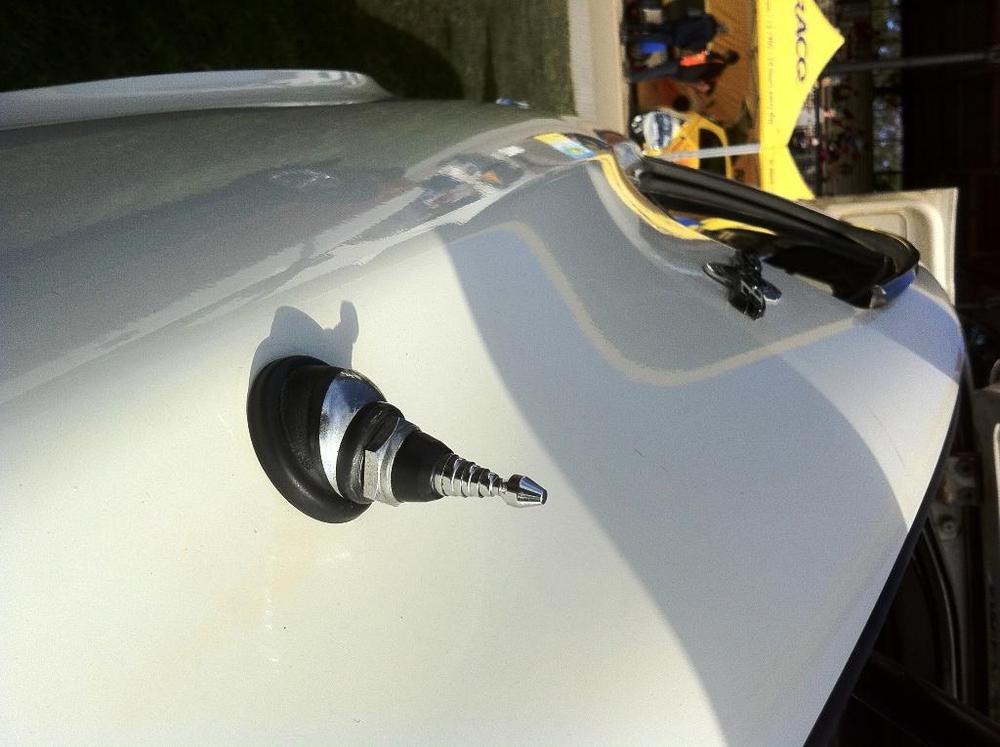That is a great picture. It shows a lot.
We might all ponder the various causes of fouling for a short while. As I recall from much past experience with poor running engines, a fuel fouled plug often looks like 3 and 4 here, but then when it fouls, it gets wet with fuel. And it fouls quickly and the carbon coat is not so smooth. These plugs look fairly dry, and the other plugs look almost lean, like they're not even close to fuel fouling. Weak spark fouled plugs typically look wet also, like they were wet from the beginning of missed sparks. These plugs look like they were firing well, with a good even coat of sooty carbon on everything exposed, until the spark started shorting to ground through the carbon. In short, they look like they had great spark until they didn't.
#2 (or maybe #5) looks like it is fouling also. But the other three look very clean. Considering how the carbs and manifolds are set up it doesn't seem like it could be a fuel problem, unless fuel is running down the intake runners and in to those cylinders. Is that possible? Is there a path for raw fuel in to the center runners? If he parks the car on a slant so the fuel runs away from the cylinders would that be a clue?
If the spark is good and the fouling is fuel or oil related, and fuel is discounted, that leaves oil. Which could be rings or valve seals.
It could also be valve lash, possibly, causing poor combustion.
Just some thoughts on other possible causes. On situations like this, I tend to go around in a big circle on all of the possible causes until one wins. There's definitely a cylinder specific problem though, which narrows the possibilities down.
 Subscriber
Subscriber 2Points2,228Posts
2Points2,228Posts









